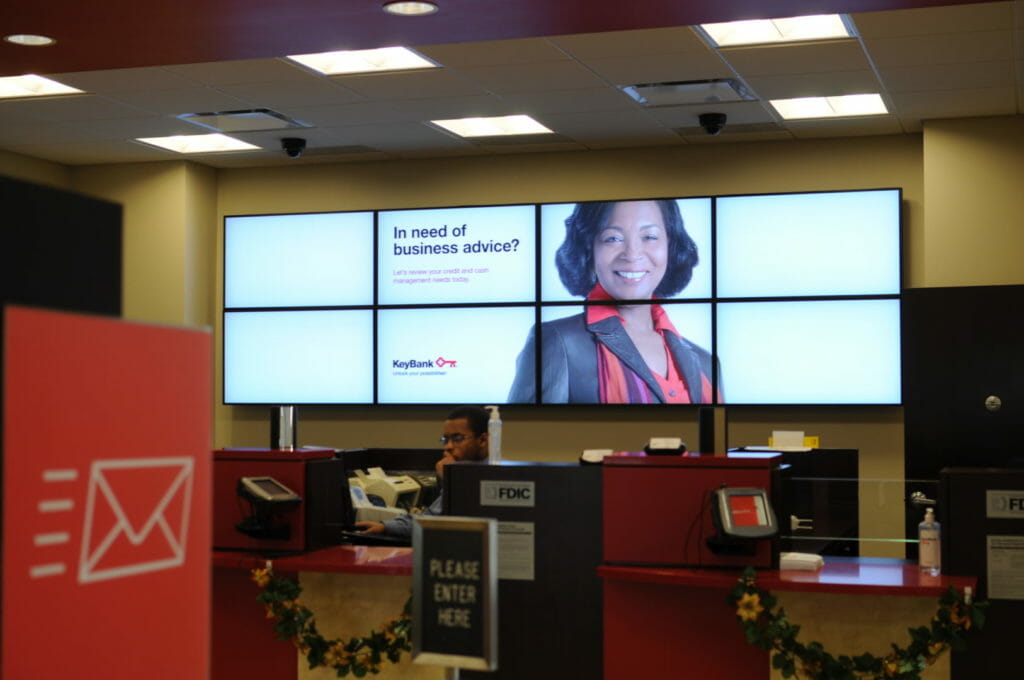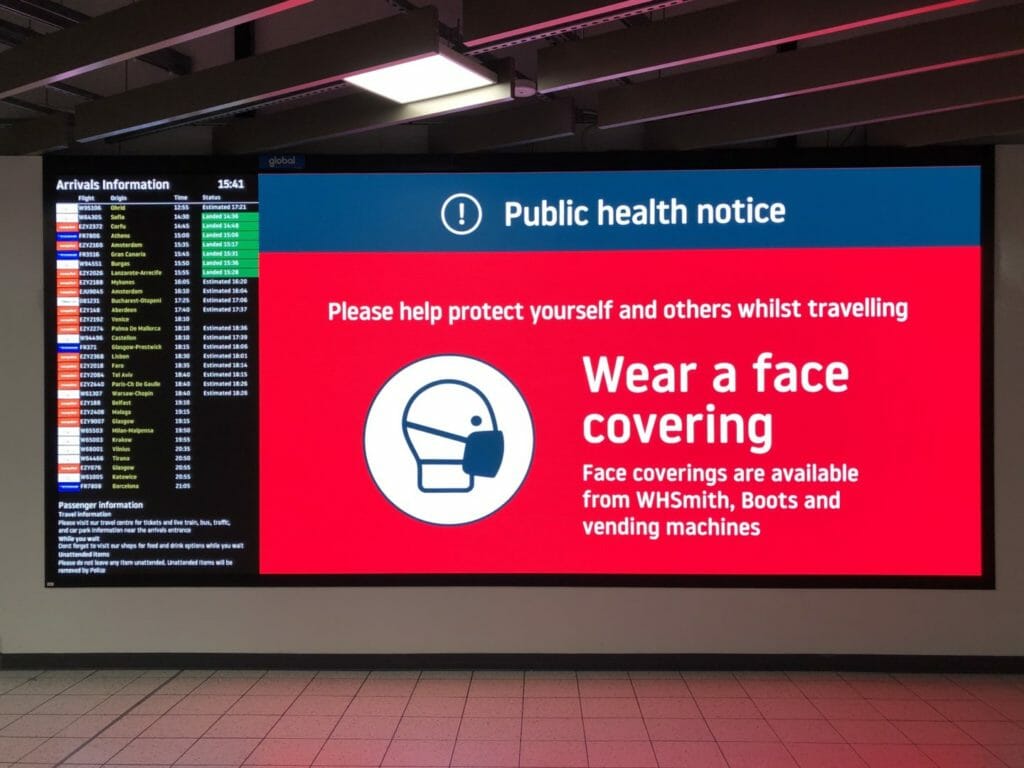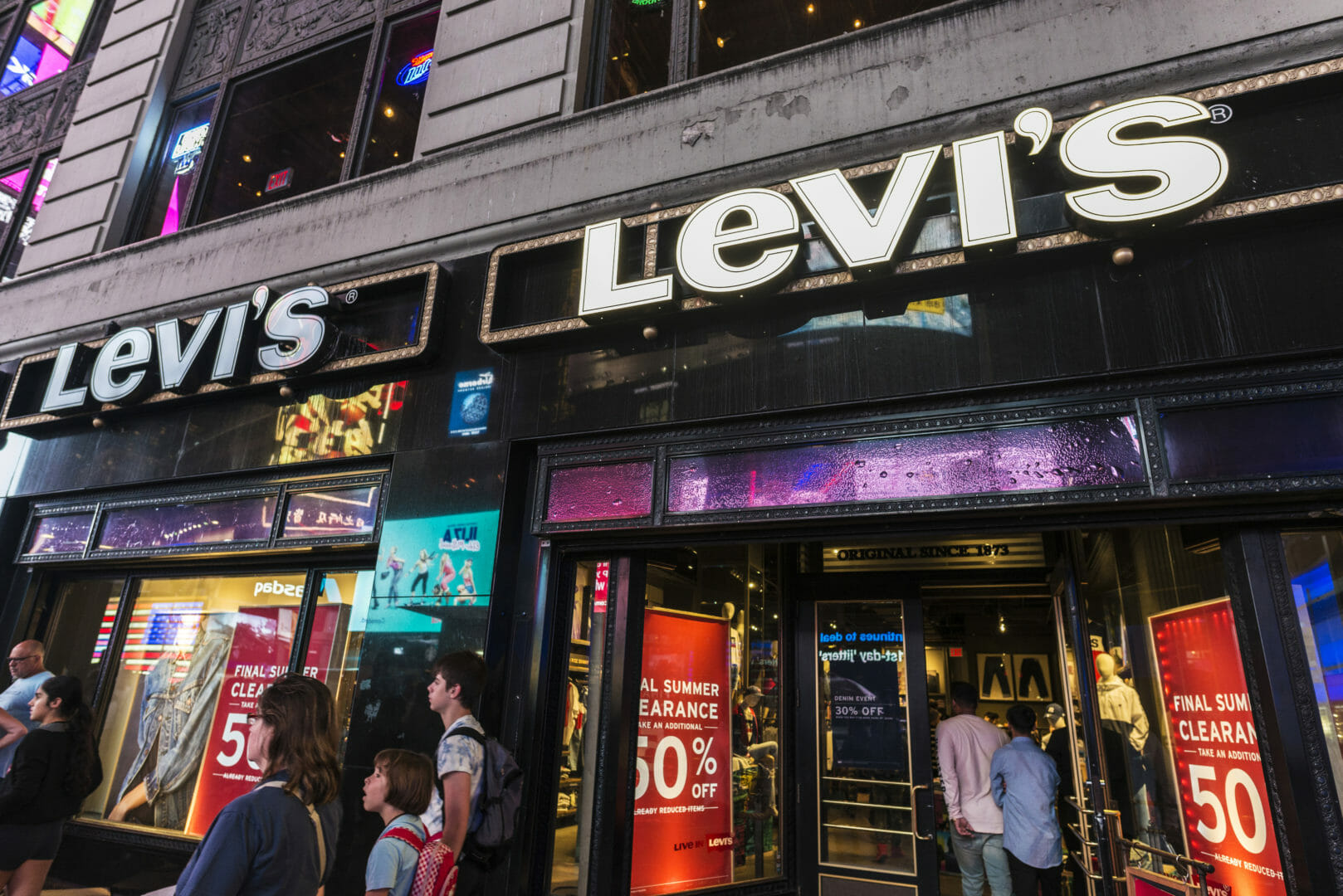As the US starts finding more of a sense of normalcy in public in spite of continued COVID concerns, retailers are looking to the future and planning their next technology rollouts and space refreshes.
At this crucial juncture, we believe digital signage should be an essential part of next steps for nearly every retailer. Digital signage matters more than ever in a return to in-person shopping. Here’s why.
Reduce In-Person Interactions
In-person interactions have historically been a huge part of the retail experience, especially on in the high-end space, which tends to be a more high-touch environment.
We’re certainly not suggesting that in-person interactions are a problem or that they necessarily should go away or even be reduced. But the fact is that some customers are still wary about extended, in-person, close-quarters interactions.
The pandemic has changed people’s mindsets in this regard, and it’s going to be a while before some shoppers can stop viewing in-person interactions as a danger.
Digital signage can’t replace every aspect of a high-touch retail encounter. But it can replace portions of those encounters, and it can absolutely replace certain lower-touch retail interactions.
For example, if the right signage or even a kiosk is available, a customer need not rely on a salesperson to determine whether an item comes in another color or is available online in a different size. The same goes for checking prices or accessing more information about an item.
Digital signage shouldn’t replace in-person sales (for most businesses). Customers who still want that in-person interaction should still be able to get it. But customers who would rather skip some or all of the in-person component? Now they can.

Resolve Unclear Customer Expectations
Digital signage in retail usually focuses on the sales process, but in the slow return to something like normal, it can also help in other ways.
As we move through various waves, variants, and outbreaks, stores and retail chains are all over the map in terms of expectations. Some require masks, while others only request them. Some are silent on the issue, while others take vaccination status into account in their customer messaging.
Traveling from store to store can be disorienting enough for customers. And, even more confusing, positions and policies sometimes change frequently, responding to the conditions of the moment.
These inconsistent and sometimes unclear policies create confusion for customers. Digital signage can help by making expectations clear upfront. Guests tend to trust that digital signage messaging is current, whereas they might wonder if that wrinkled paper sign on the door is really up to date.

Communicate Supply Chain Shortages
If you’re working in retail, you probably don’t want any more reminders of the complex and frustrating supply chain issues still causing problems throughout retail. You’re already living it every day. However, in order to be more transparent, you need to communicate them.
Beyond the initial frustration around supply chain shortages and the question of what to do to compensate, retail leaders have to deal with managing customer expectations. Some customers understand the complexities of the current moment and respond to an item being out of stock with grace. Others, well — grace probably isn’t the first word that comes to mind.
Digital signage near a store’s entrance can help to offset these kinds of negative reactions, at least among some of your customers. Put up an eye-catching note with a brief explanation of what’s going on and why certain things are hard to get right now. Ask for patience and empathy, and you’ll likely get it from more than you otherwise would have.
You could also go the Costco route, keeping a running list of the popular items currently out of stock and displaying it at the entrance. While this might cut down on foot traffic, it will also save you from some irate customers who had their hearts set on one particular item.
Update Prices More Easily and More Quickly
Along with the rampant supply chain issues that aren’t going away anytime soon, US retailers also have to contend with price spikes and inflationary pressure. At some point, these costs must get passed along to the consumer in the form of updated pricing.
This process is never simple, and digital signage doesn’t exactly make it a piece of cake. But certainly it’s easier to communicate those price changes when prices are only displayed on digital signage, not on printed signs or tags.
With the right digital signage or even digital tags, updating pricing in your database can automatically push those price updates to digital sources. Your customers won’t like the price increases, but they will appreciate consistent, clear communication about those prices.
As you look to the next steps for your retail environments, consider bolstering your digital signage efforts for the reasons discussed here. And if you need a professional touch on design or implementation, Bluewater is here to help. Reach out today to learn what we can do for you.











